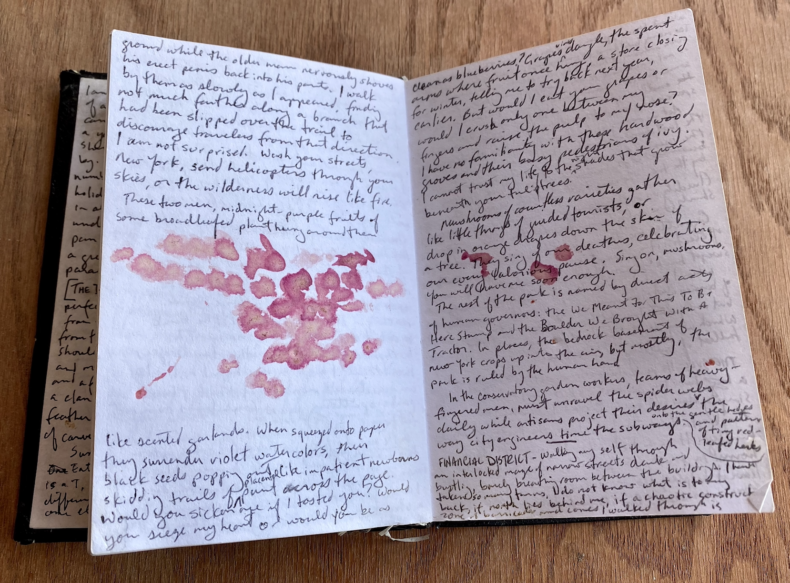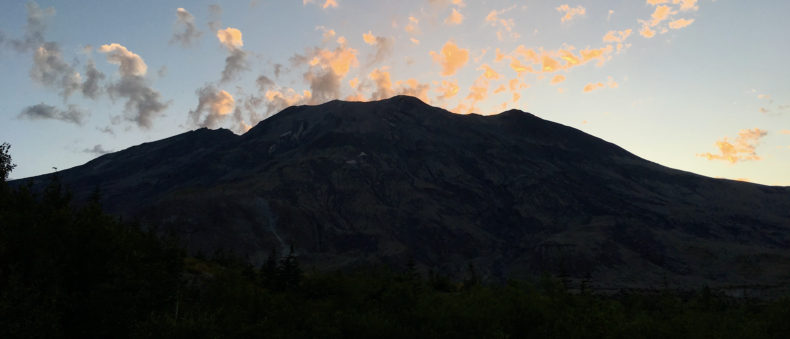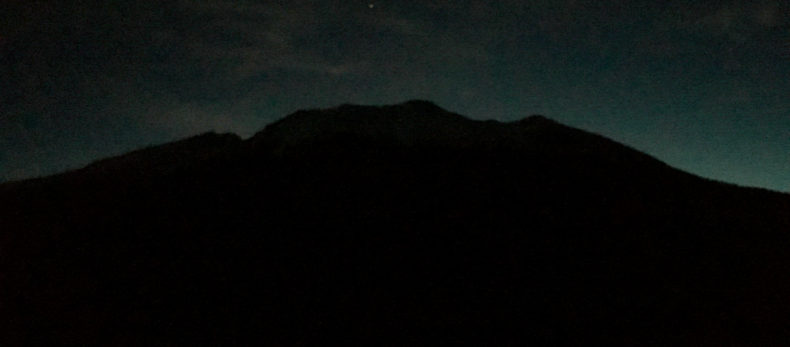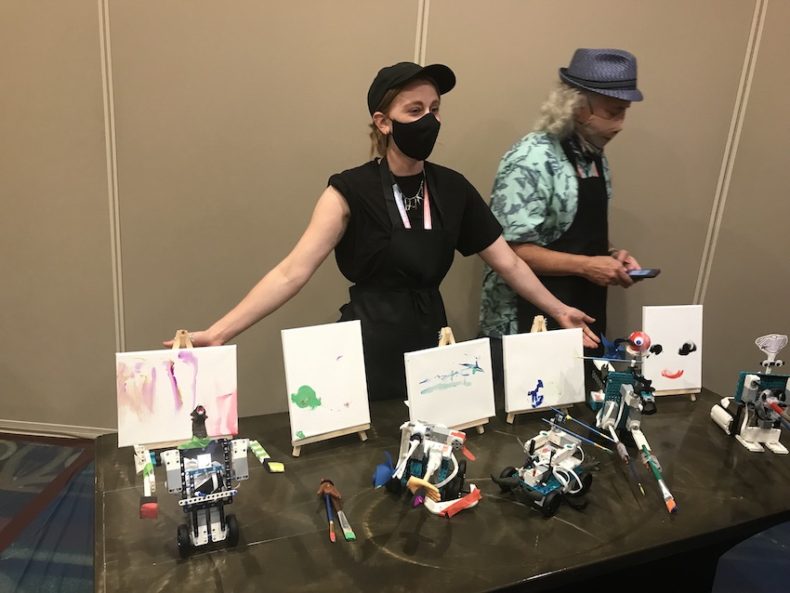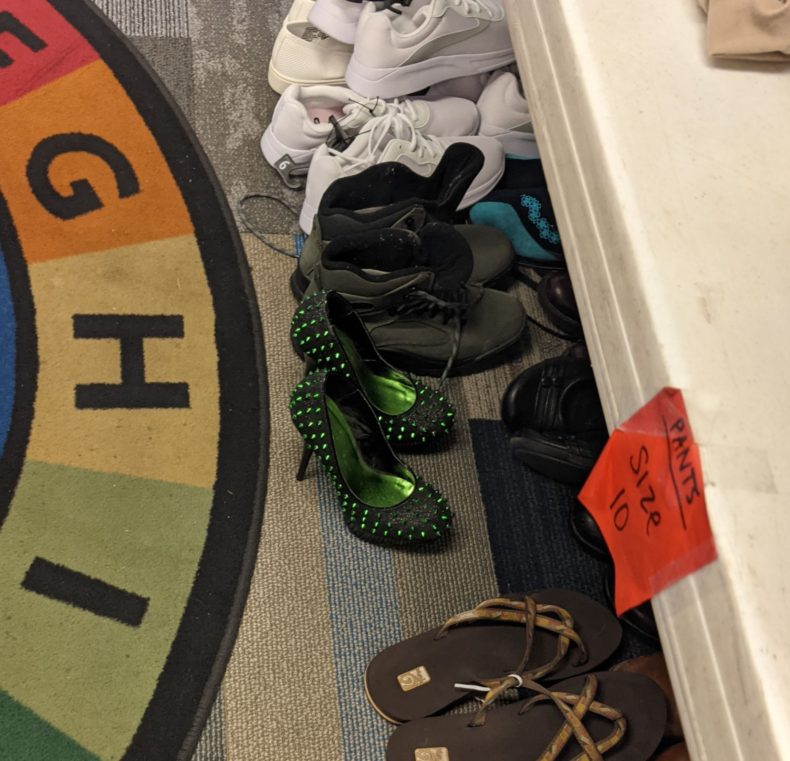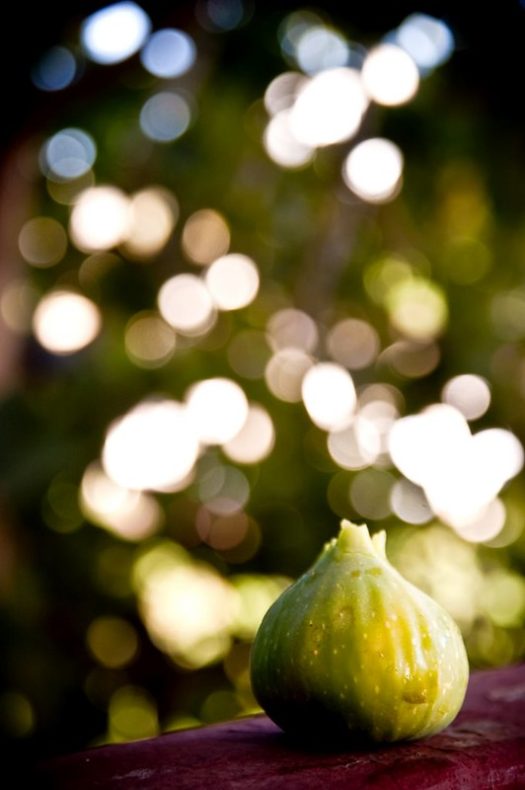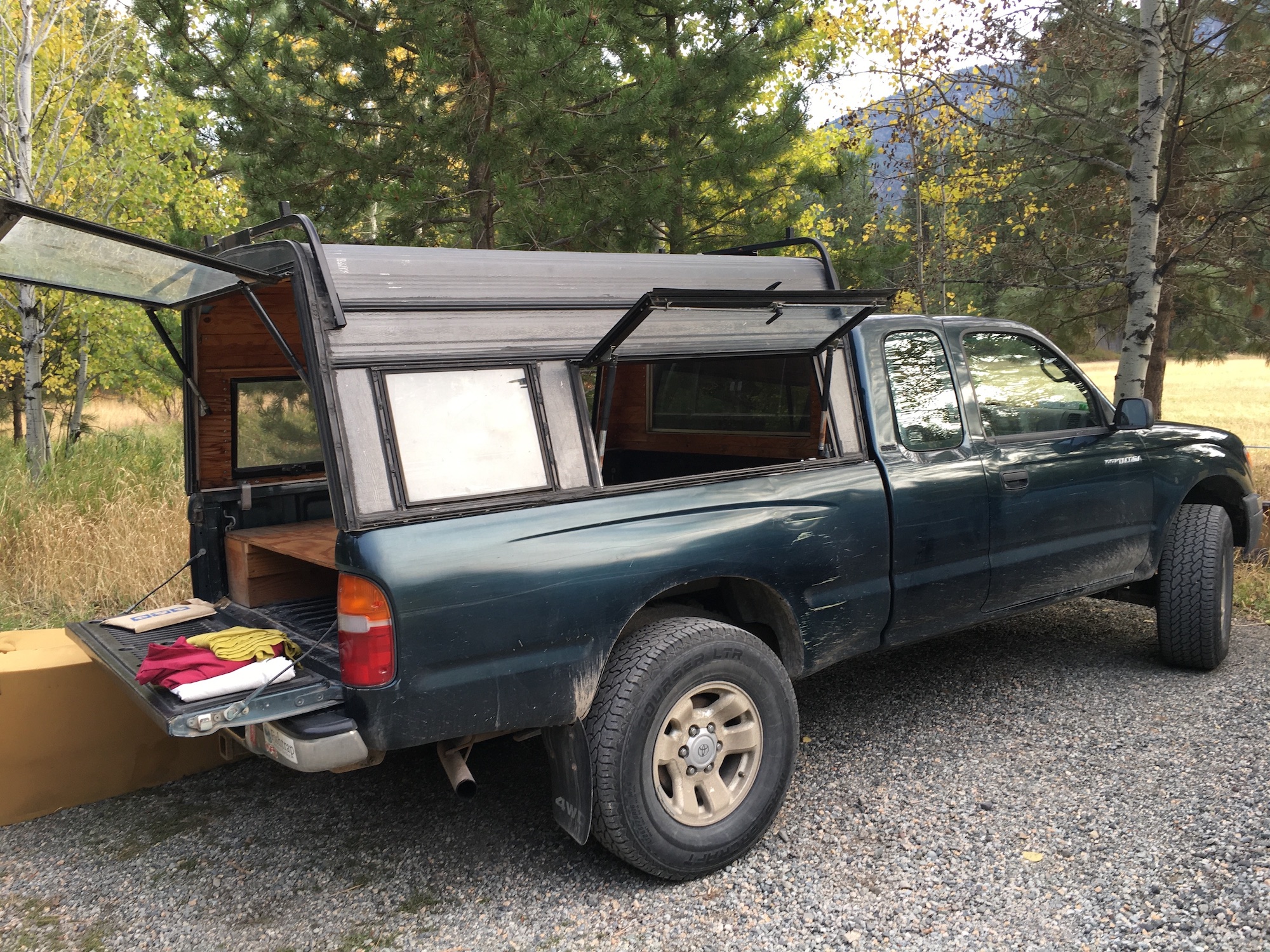
A couple of days ago, I wrote “homeward bound” with my index finger across the caked dust on the back window of my truck topper. I packed it with two weeks’ worth of clothes, with backpacking gear, with work supplies and dog food and human food. Then, I whistled my dog into the cab and drove east from my apartment in Washington towards Colorado, to see my family in the town where I grew up, and to see friends like family on the state’s Western Slope, where I chose to live as I made my way through my first decade of adulthood. I looked forward to the time alone en route. I had just put in my first-ever offer on a house after several years of feeling unmoored and placeless in the Northwest, and was preoccupied with the idea of home: My destination—where mine had been for the first 30 years of my life; and the community behind me, where I had set the still-scary intention to build one now.
The drive was beautiful—the dry sage hills along the Columbia River, the cobalt water of Lake Coeur D’Alene, the rolling Bitterroot Mountains on the Idaho-Montana border. It was also long, and several miles into Montana, my stomach growled and my eyes drooped. Billboards claiming “Best. Milkshake. Ever.” beckoned me onto the exit for St. Regis. I thought the most dangerous thing I faced there was coronavirus—Montana’s rates are surging like everyone else’s—so I snugged an n95 mask tightly over my nose and mouth, and retrieved a huckleberry shake and fries and caffeine hit as quickly as possible. Then, I drove slowly towards a nearby dog park.
I was halfway across the parking lot when the front right end of the truck dropped violently. At first, I thought I had hit a pothole and destroyed the tire. When I got out to look, I saw only flat gravel, but the entire wheel jagged crazily out of alignment, almost completely broken off. The lower ball joint had suddenly and catastrophically failed, gleaming beneath like a hipbone ripped from the socket. I stared dumbly for several minutes, imagining the wheel and the truck parting ways on Lookout Pass, 35 minutes behind me, at 60 miles an hour. Or back in Spokane, Washington, where I’d had to swerve suddenly a couple hours earlier, also at 60 miles an hour, to avoid getting sideswiped by a sedan speeding across three lanes of traffic.
Continue reading